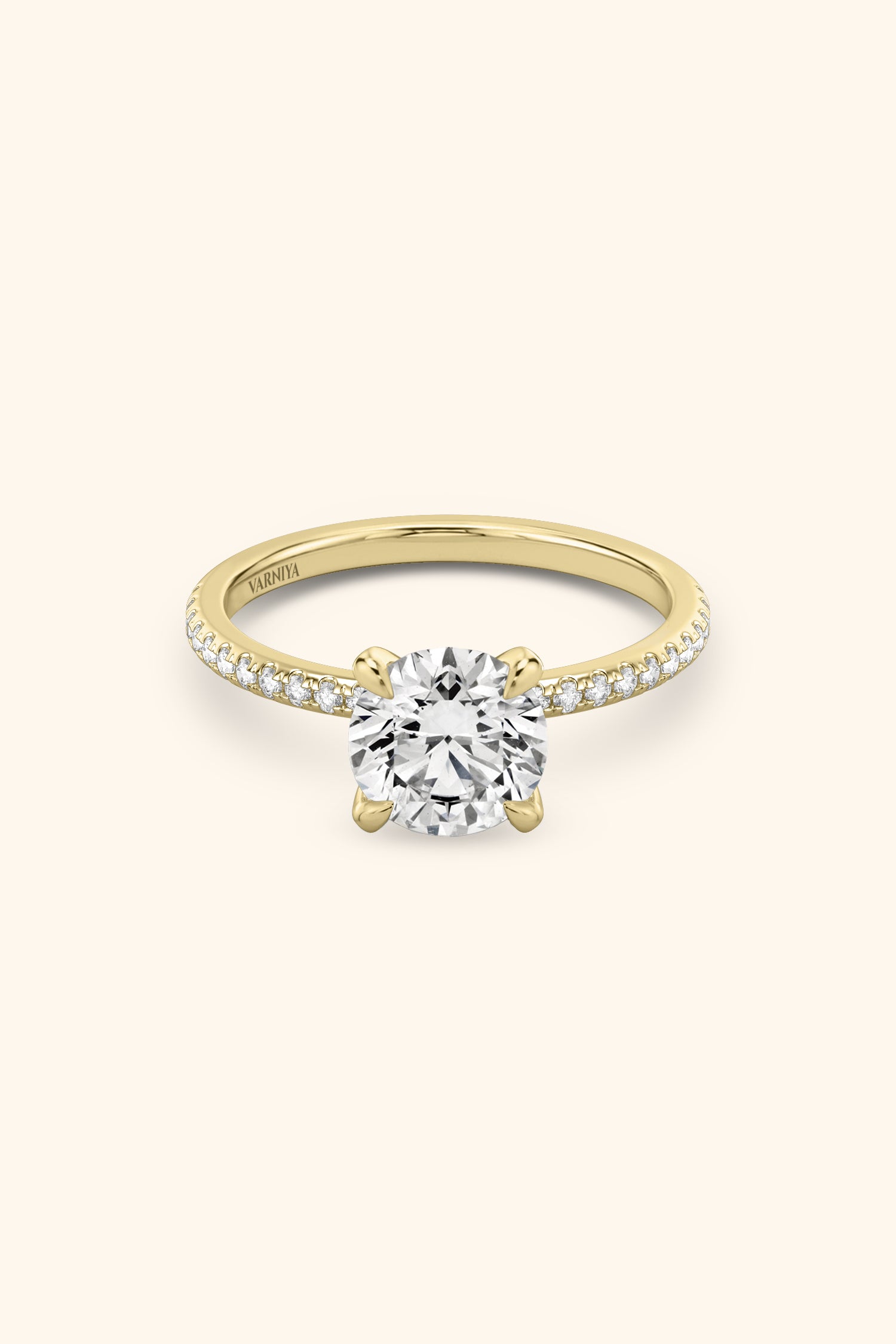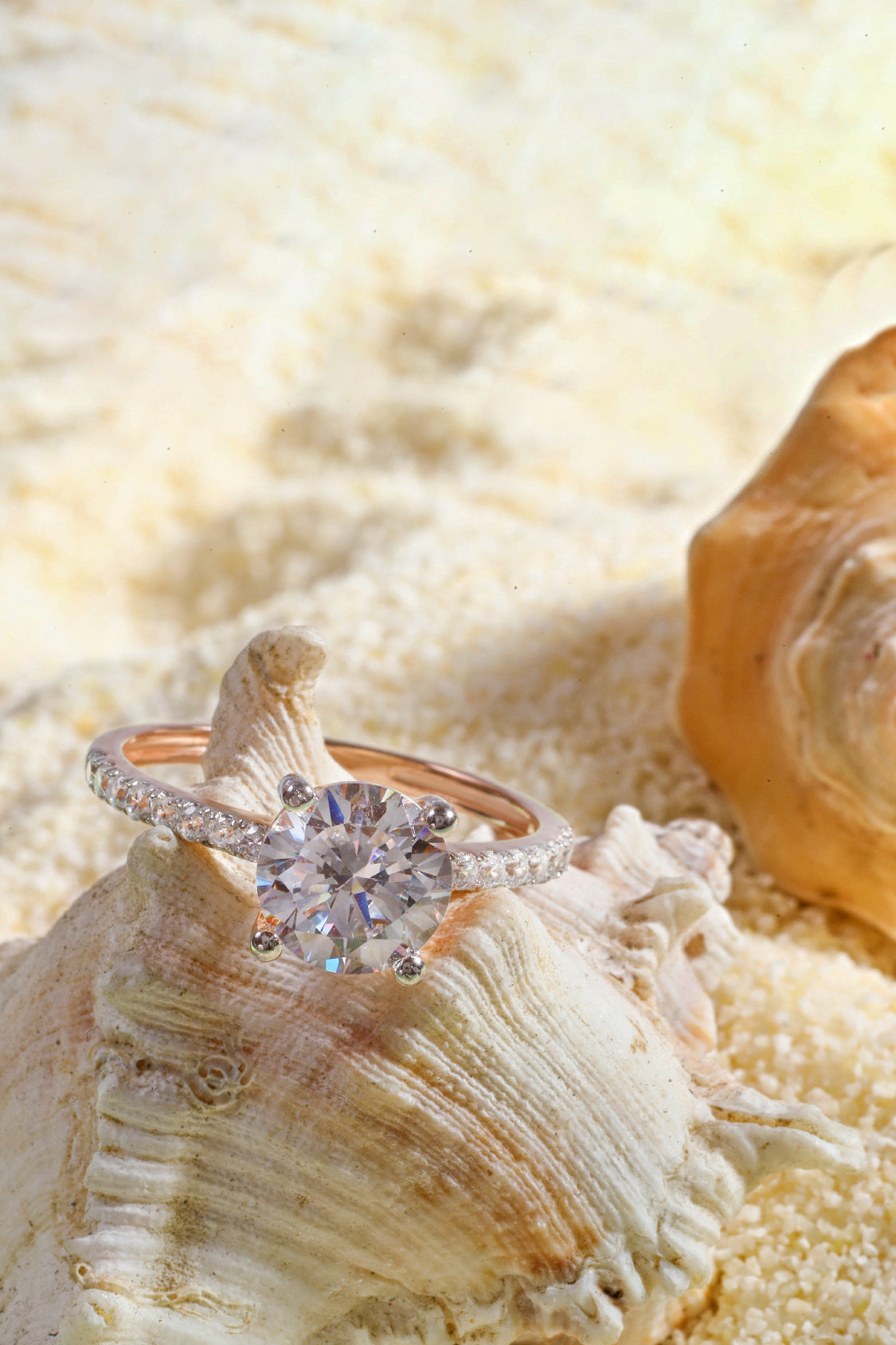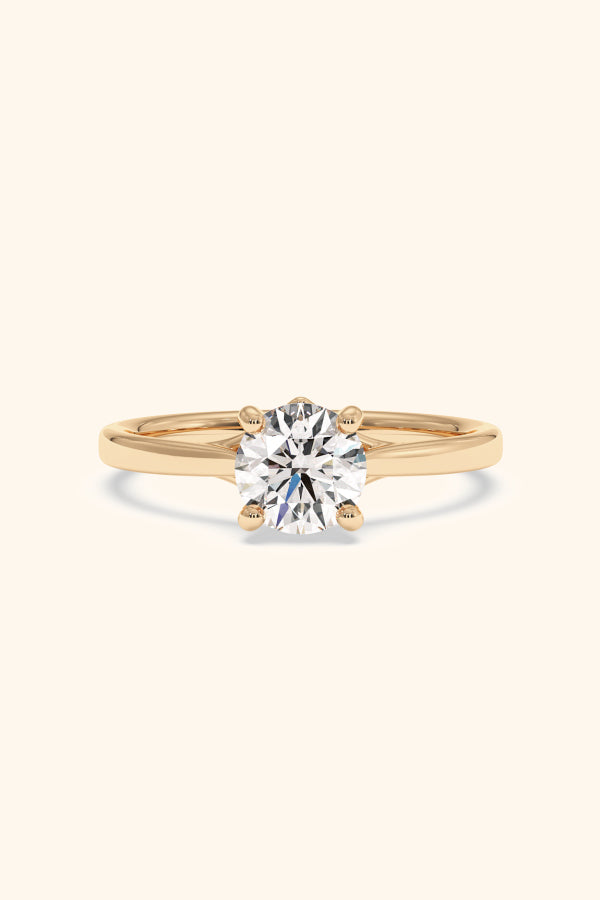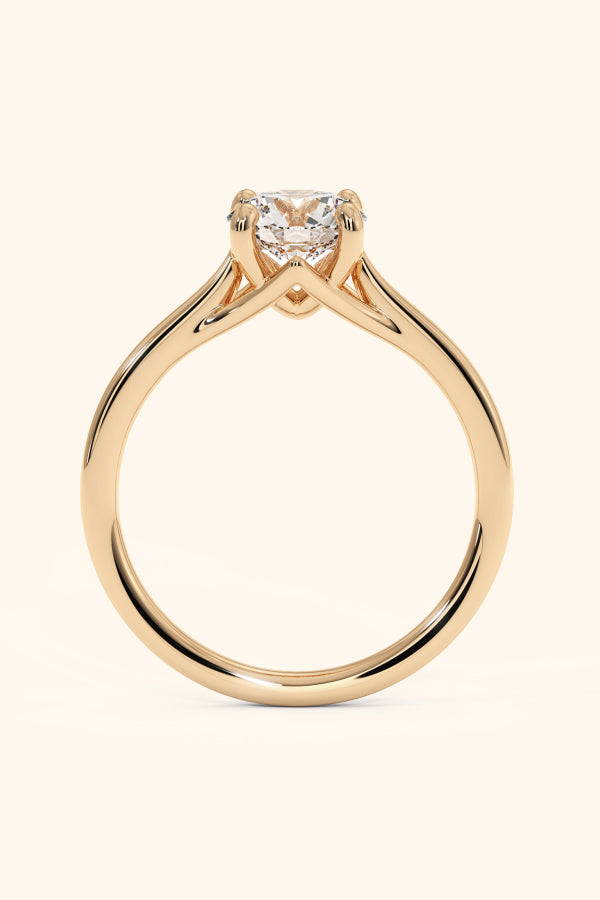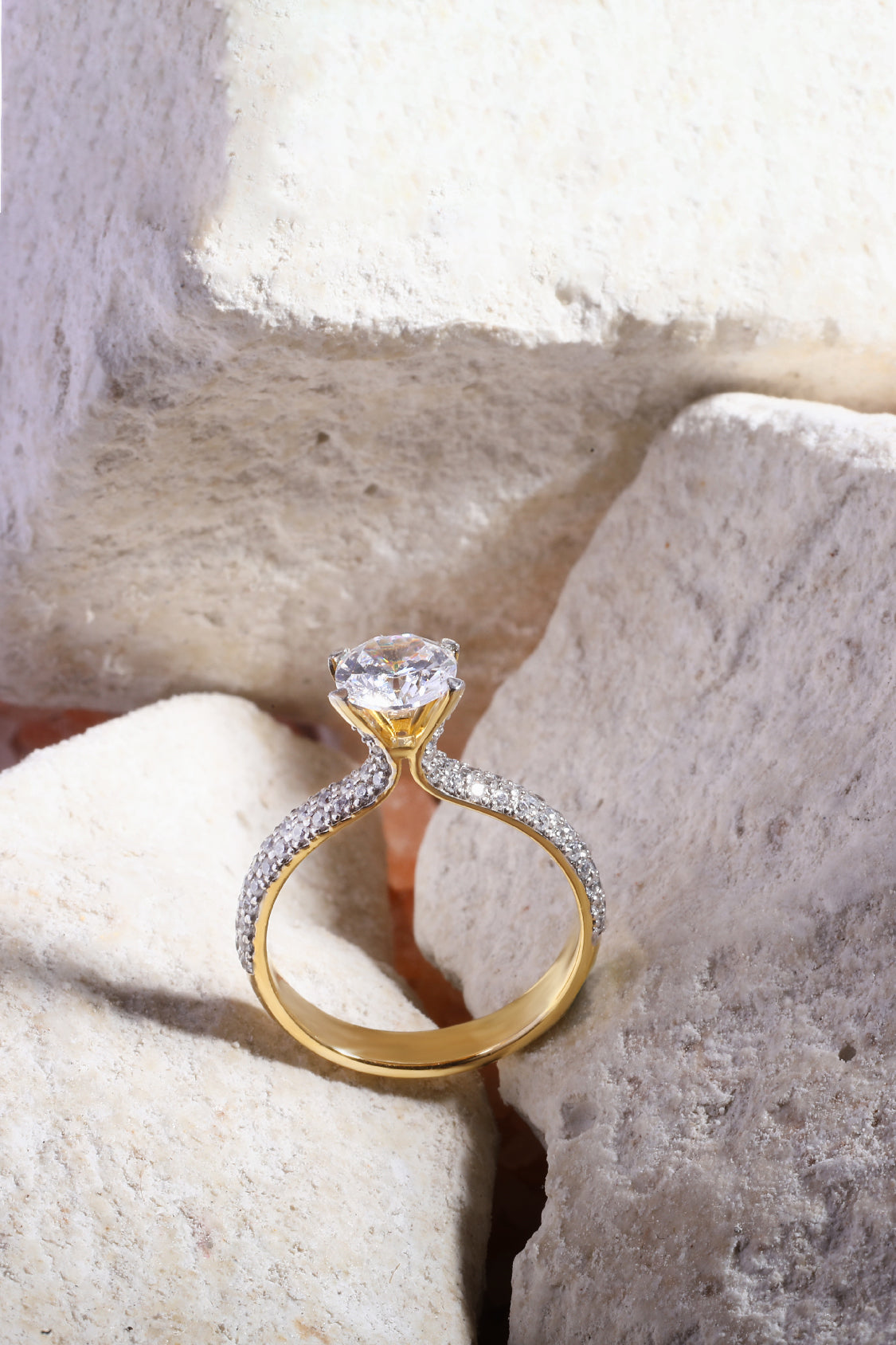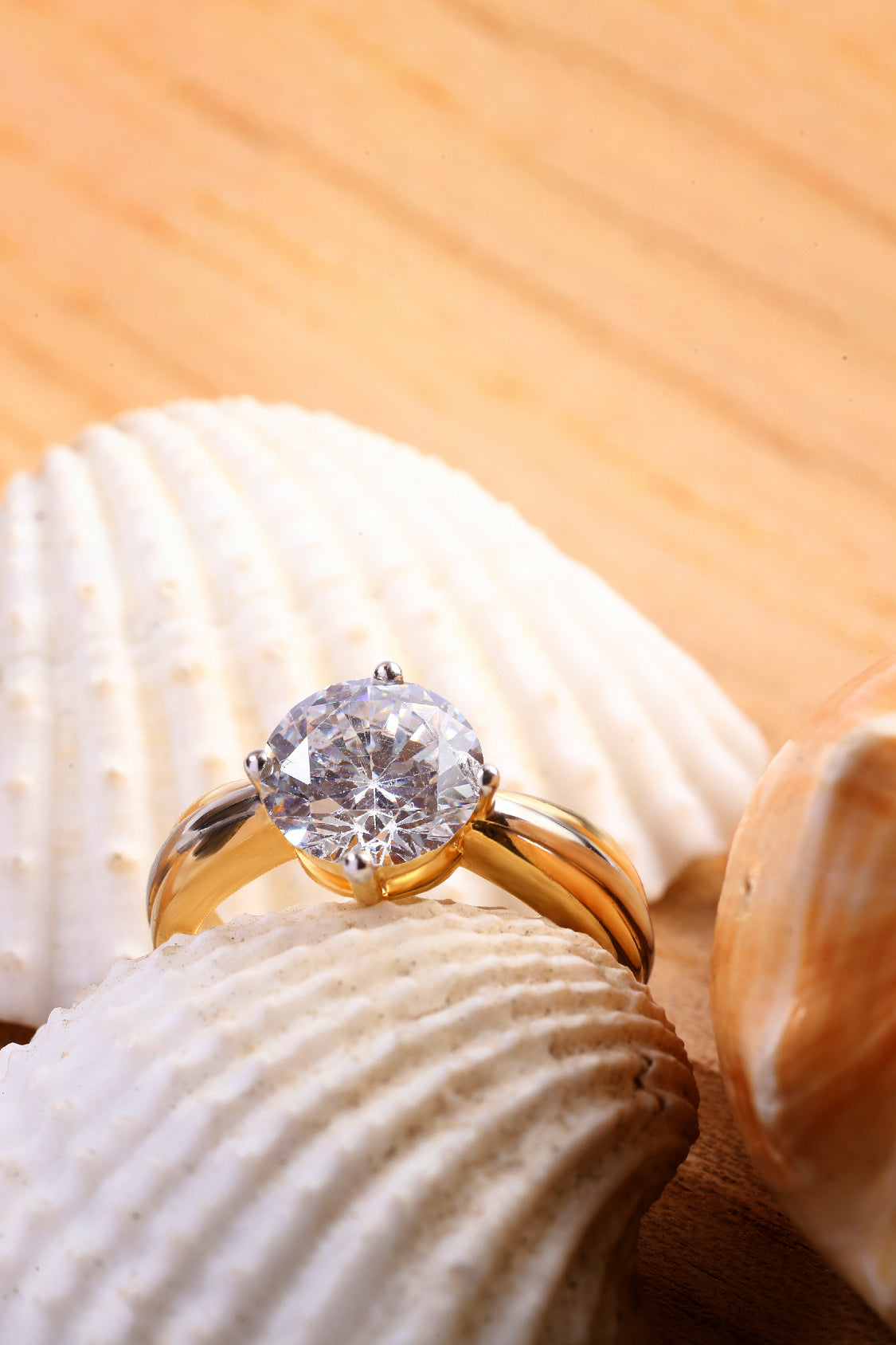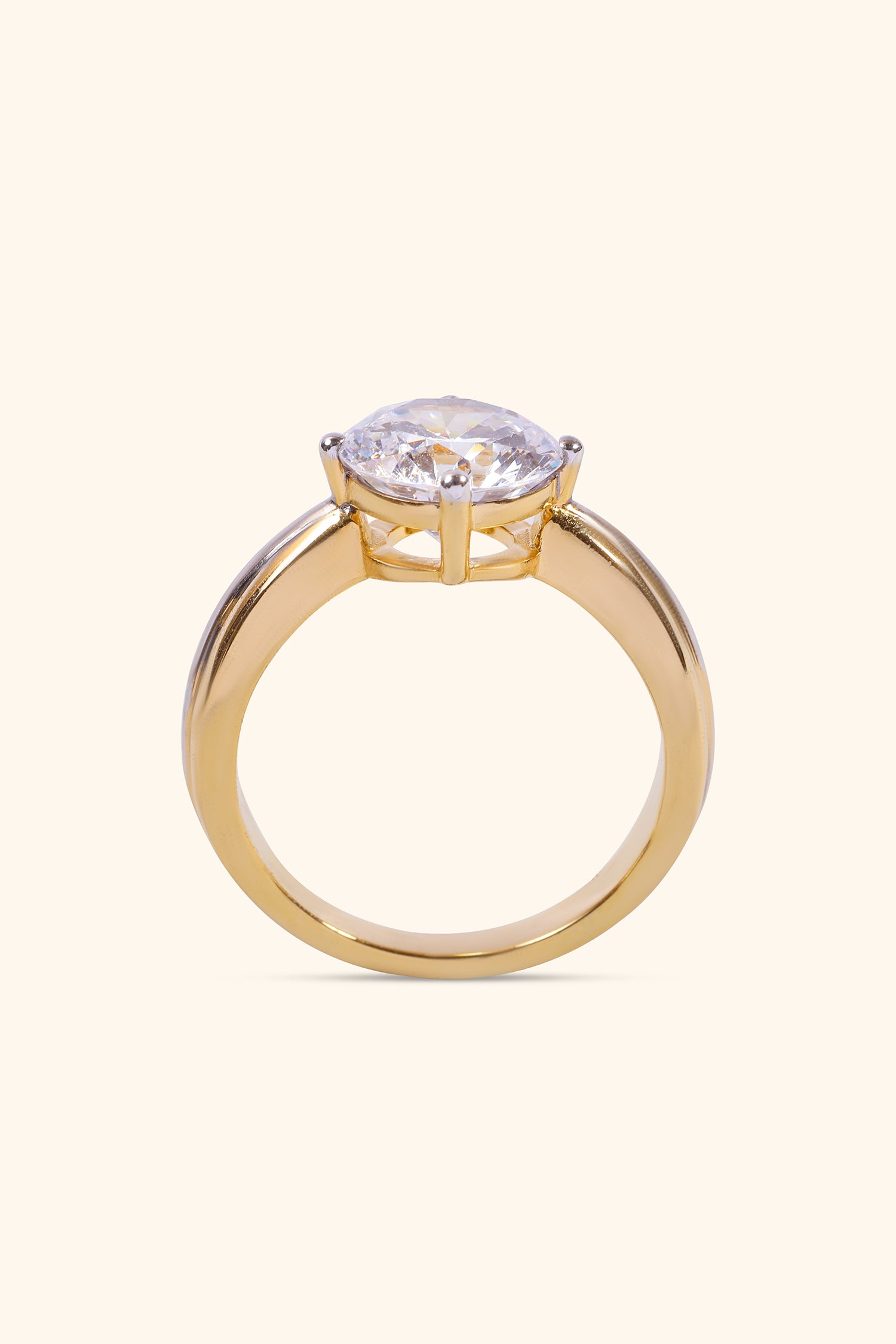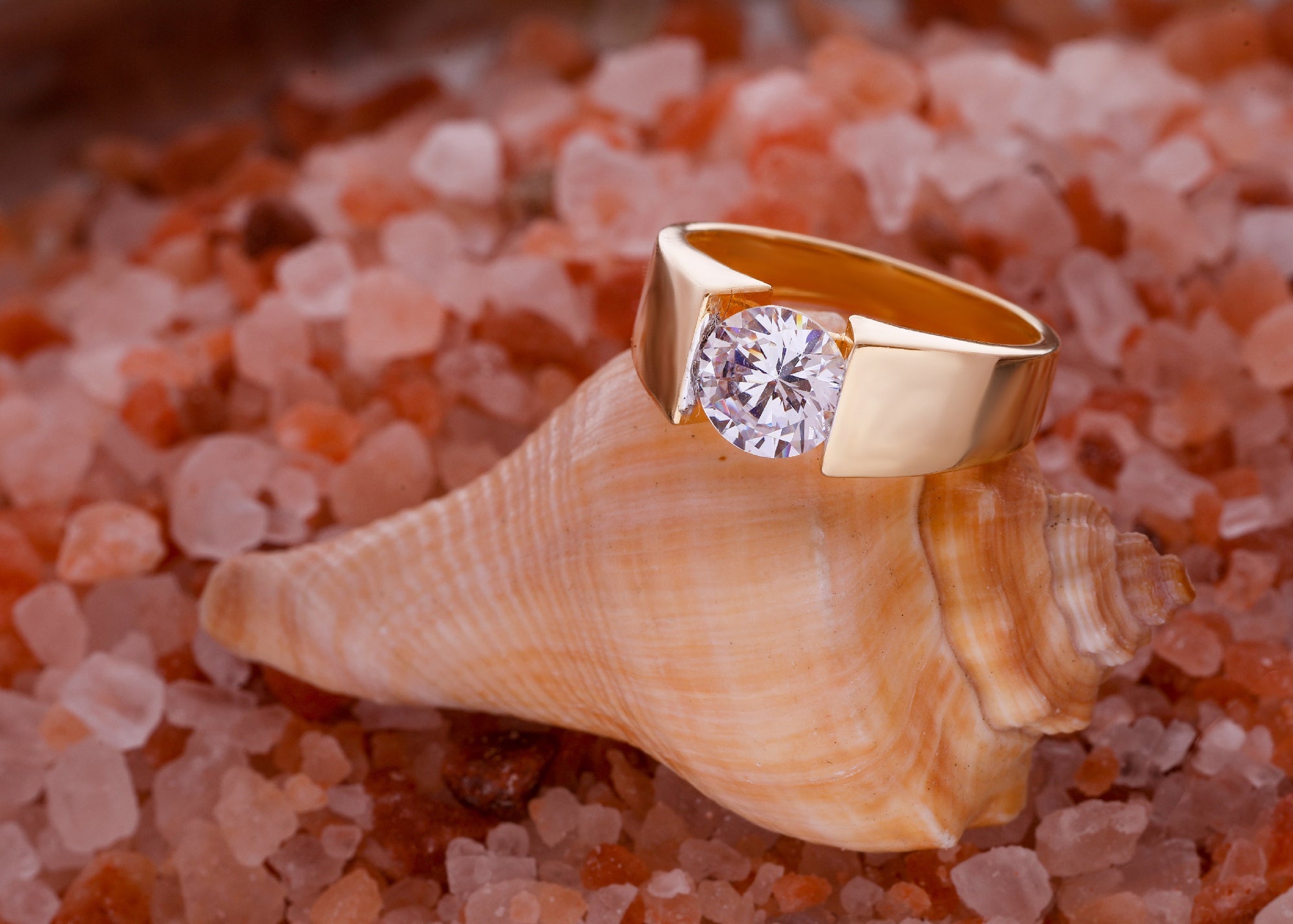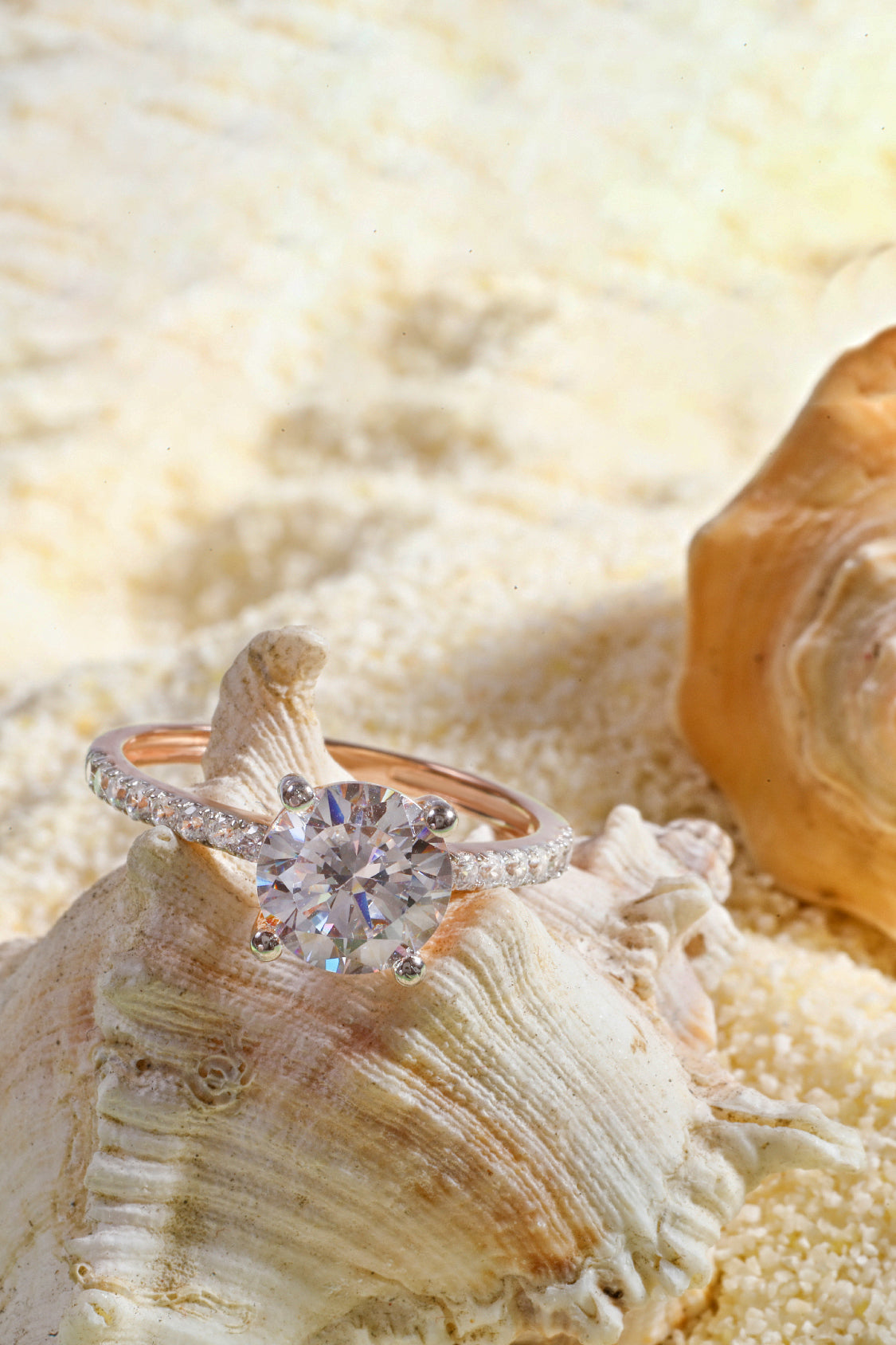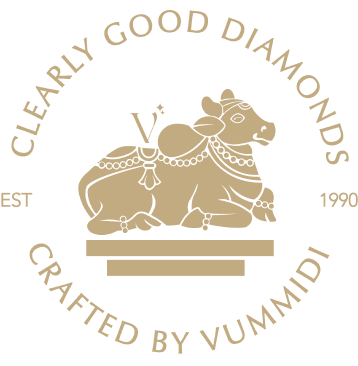
Differences between Lab Grown & Cubic Zirconia
Dazzling diamonds: a timeless symbol, but often out of reach. Lab-grown stones: brilliance at a lower cost. However, are lab grown diamonds cubic zirconia? We explore the world of accessible luxury, guided by Coco Chanel's famous words ‘Luxury must be comfortable, otherwise, it is not luxury.’
Introduction
Affordable Jewelry Options: Lab Grown Diamonds and Cubic Zirconia
Lab-grown diamonds mimic natural diamonds' properties sustainably, appealing to ethically conscious buyers. Cubic zirconia, a cost-effective diamond alternative, boasts brilliance and affordability. Both options cater to diverse tastes and budgets, offering stylish and value-driven choices in the world of affordable jewelry.
Description of Lab-Grown Diamonds
Lab-grown diamonds replicate natural diamonds' properties through advanced lab processes like HPHT and CVD. These methods create diamonds with identical chemical compositions and crystal structures as mined diamonds, offering a sustainable and ethical alternative.
Introduction to Cubic Zirconia
Cubic zirconia, a synthetic gemstone, mimics diamond brilliance but differs in composition and durability. While CZ may display more color flashes, it ranks lower on the Mohs scale than diamonds. Understanding these differences helps buyers choose jewelry that aligns with their preferences and budget.
Chemical Composition and Production Process
Differences in Chemical Properties
Lab-grown diamonds consist of pure carbon, mimicking natural diamonds, while cubic zirconia is zirconium dioxide with added stabilizers. These differences influence their hardness, refractive index, and overall appearance.
Lab-Grown Diamonds Creation Process
Lab-grown diamonds are created using HPHT (High-Pressure High-Temperature) or CVD (Chemical Vapor Deposition) methods. HPHT applies high pressure and temperature to carbon to form diamonds, while CVD involves depositing carbon onto a substrate to grow diamond crystals.
Synthetic Production of Cubic Zirconia
Cubic zirconia, produced synthetically by heating zirconium dioxide with other compounds, forms cubic crystals that emulate the brilliance and clarity of diamonds. This process distinguishes cubic zirconia as an affordable and visually appealing alternative, answering the question, "Are lab-grown diamonds cubic zirconia?"
Appearance and Physical Properties
Visual Differences and 'Rainbow Effect' Comparison
Cubic zirconia exhibits a pronounced "rainbow effect" due to its high refractive index, creating colorful flashes. In contrast, lab-grown diamonds display a more subdued sparkle with exceptional clarity and brilliance, distinguishing them from cubic zirconia.
Hardness Ratings Analysis on the Mohs Scale
Lab-grown diamonds score a 10 on the Mohs scale, being the hardest natural material, while cubic zirconia ranks around 8-8.5. This difference in hardness affects their durability and resistance to scratches, influencing their suitability for various jewelry applications.
Color, Clarity, and Carat Differences Discussion
Lab-grown diamonds and cubic zirconia differ in color options, clarity levels, and carat sizes. Lab-grown diamonds offer a wider range of color choices, superior clarity due to controlled growth conditions, and availability in various carat weights, providing versatility for jewelry designs and preferences.
Durability and Longevity
Assessing the Durability of Lab-Grown Diamonds and Cubic Zirconia
Lab-grown diamonds demonstrate exceptional durability, scoring high on the Mohs scale and being resistant to scratches and abrasions. On the other hand, while cubic zirconia is durable, its hardness is lower than that of diamonds, requiring careful handling to prevent wear.
Impact of Material Properties on Wear and Maintenance
The material properties of lab-grown diamonds contribute to their longevity, requiring minimal maintenance to retain their brilliance and sparkle. Cubic zirconia, although durable, may show signs of wear over time, necessitating periodic cleaning and careful storage to maintain its luster and beauty.
Value and Affordability
Cost Comparison between Lab-Grown Diamonds and Cubic Zirconia
Lab-grown diamonds are generally priced lower than natural diamonds but higher than cubic zirconia. Cubic zirconia offers a budget-friendly alternative without compromising visual appeal.
Factors Influencing Price Differences
The price of lab-grown diamonds and cubic zirconia is influenced by factors such as size, color, clarity, and cut. Lab-grown diamonds may vary in price based on their characteristics, while cubic zirconia remains consistently affordable across different qualities.
Considerations on Choosing Cubic Zirconia
Choosing cubic zirconia can be beneficial for those on a budget or seeking a temporary placeholder for fine jewelry. Its affordability allows for experimenting with different styles without significant financial commitments, making it a practical choice for various occasions.
Environmental and Ethical Considerations

Environmental Benefits of Lab-Grown Diamonds
Lab-grown diamonds offer significant environmental benefits, as their production requires minimal land disruption and reduces the need for mining, preserving natural ecosystems and habitats.
Discussion on Cubic Zirconia’s Production Carbon Emissions
The production of cubic zirconia may contribute to carbon emissions, particularly during the manufacturing process. This impact on the environment underscores the importance of sustainable practices and eco-friendly alternatives.
Ethical Sourcing Guarantees of Lab-Grown Diamonds
Lab-grown diamonds come with ethical sourcing guarantees, ensuring they are conflict-free and do not support unethical mining practices. This transparency appeals to conscientious consumers seeking responsibly sourced and sustainable jewelry options.
Identifying Lab-Grown Diamonds and Cubic Zirconia
Distinguishing Between Lab-Grown Diamonds and Cubic Zirconia
Differentiating lab-grown diamonds from cubic zirconia involves examining their chemical composition, optical properties, and clarity characteristics. This scrutiny helps jewelry experts and buyers accurately identify each gemstone to better understand are lab grown diamonds cubic zirconia.
Professional Verification with Diamond Testers
The importance of professional verification cannot be overstated, especially when dealing with valuable gemstones like lab-grown diamonds and cubic zirconia. Tools like diamond testers provide reliable results, ensuring authenticity and value in jewelry purchases.
Common Misconceptions and FAQs
Clarification on Myths about Lab-Grown Diamonds and Cubic Zirconia
There is a misconception that lab-grown diamonds and cubic zirconia are the same, but they differ significantly in composition, properties, and value. Understanding these distinctions dispels confusion and aids informed decision-making when determining are lab grown diamonds cubic zirconia.
Frequently Asked Questions on Value, Appearance, and Choice
FAQs often revolve around the value proposition of lab-grown diamonds versus cubic zirconia, their visual differences, and considerations when choosing between the two for jewelry purchases. Addressing these FAQs provides clarity and guidance to buyers.
Choosing Between Lab-Grown Diamonds and Cubic Zirconia
Factors to Consider for Engagement Rings and Jewelry
When choosing between lab-grown diamonds and cubic zirconia, factors such as budget, desired appearance, durability requirements, and personal values play crucial roles in decision-making.
Read Also: Men’s Diamond Engagement Rings: A New Trend
Pros and Cons Based on Quality, Cost, and Ethical Considerations
Lab-grown diamonds offer superior quality, durability, and ethical sourcing but come at a higher cost compared to cubic zirconia. On the other hand, cubic zirconia provides affordability and a range of designs but may lack the prestige and long-term value of diamonds.
Conclusion
Answering the Question: Are lab grown diamonds cubic zirconia?
Lab-grown diamonds are not cubic zirconia. While both offer affordability and elegance, lab-grown diamonds boast qualities akin to natural diamonds, including durability, brilliance, and ethical sourcing. This distinction highlights the diverse options available for those seeking stylish and value-driven jewelry choices.
Recommendation Based on Preferences
Based on individual preferences, budget constraints, and ethical values, buyers can opt for lab-grown diamonds for sustainability and value or choose cubic zirconia for affordability and style. For exquisite lab-grown diamond jewelry options, explore Varniya's collection today and find the perfect piece that reflects your style and values.


